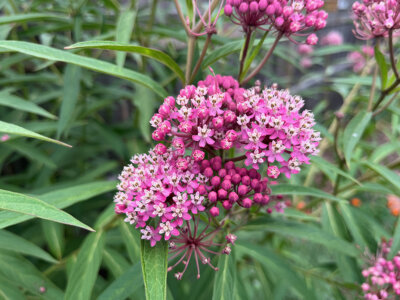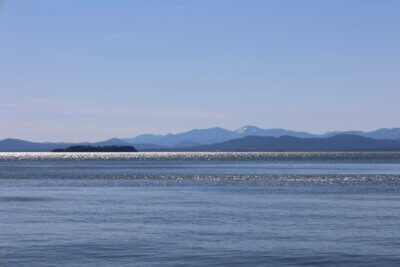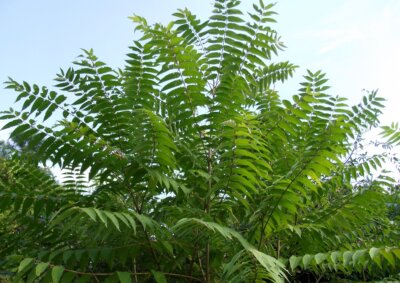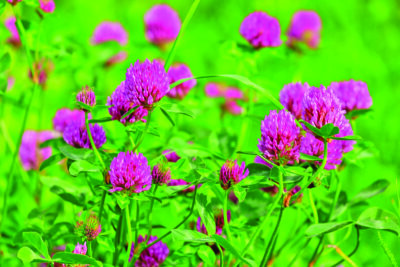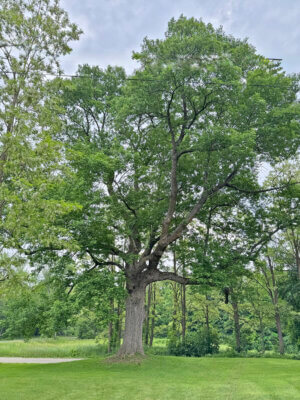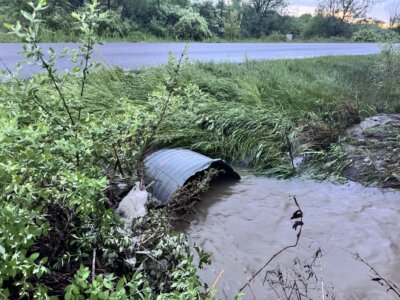Managing forests for resilience
Landowners often ask me: “Is my forest healthy?” While this may seem like a simple question, the more time I spend working with forests, the more difficult it is to answer. While most people picture a “healthy” forest as one with lots of healthy trees, when we take a more holistic and expansive view of forest ecology, it’s actually much more complicated than that. More and more, I define forest health in terms of resilience.
The resilience of a forest is essentially its ability to persevere and to “bounce back” from adversity — to respond to threats, stressors and disturbances while maintaining its productive capacity and natural processes over time. It’s important to recognize that some amount of “adversity” is a normal and natural part of forest ecology. As long as there have been forests, there have been pests, parasites and pathogens, windstorms, ice storms and forest fires. While these disturbances kill trees, they are as normal (and arguably as essential) a part of forest ecology as the trees themselves.
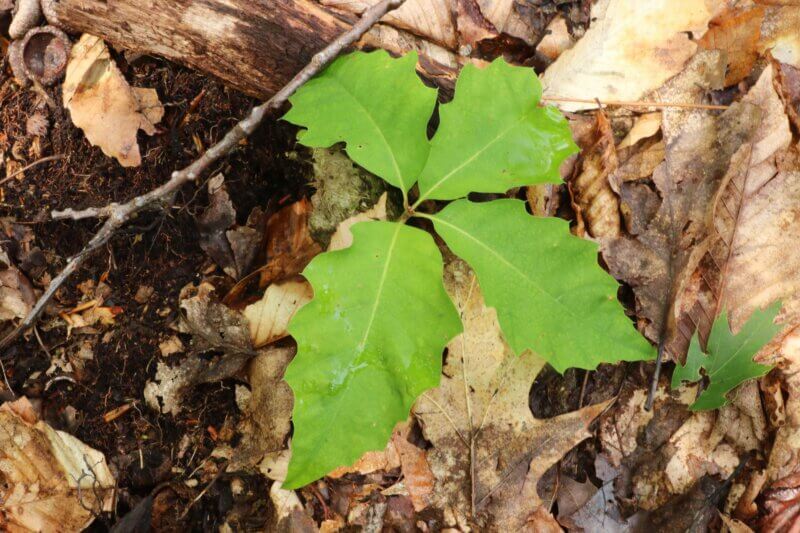
Key to their resilience is forests’ ability to regenerate — to grow new generations of trees in place of the old. In Vermont, we are blessed with forests that readily regenerate from all manner of disturbances. Any time light reaches the forest floor, the forest responds with an explosion of new trees, shrubs and plants. Over time, disturbances of different types, intensities and frequencies can manifest species diversity (different species of trees, which regenerate under different light levels, soil conditions and more), as well as structural diversity (different generations of trees) both within an individual forest and across our landscape.
Species diversity and structural diversity are both products of, and contributors to, a forest’s resilience. Different species and ages of trees help forests risk-spread. Similar to how we might diversify a business or a stock portfolio, risk-spreading buffers forests from catastrophic and destabilizing events. For instance, if most of the trees in a forest are a single species, a pest or pathogen that attacks that species could stress or kill nearly all the trees in that forest. Similarly, if all the trees in the forest are the same age, a windstorm may topple virtually all of them at once. Having a diversity of tree species, sizes and ages buffers a forest from these larger-scale, more harmful disturbances.
While resilience has always been a key component of healthy forests, today it is more vital than ever. Modern forests face an unprecedented array of threats and stressors that we refer to, collectively, as global change: the combination of climate change, non-native invasive plants, animals, pests and pathogens, deer overpopulation, forest fragmentation, deforestation and more. To make matters worse, because of past land use, especially the agricultural clearing of the 1800s, our forests are generally young and simple, in most cases lacking the diversity so vital to their resilience.
It’s important to recognize that even if we lived in a landscape of diverse, old-growth forests, and even if climate change was the only threat that they faced, climate change alone would test the limits of our forests’ resilience. On a landscape of altered and degraded forests and with all the threats posed by global change, it is unreasonable to expect forests to summon the resilience needed to survive this moment without our help.
How can we help forests build resilience?
Most forests need, or will at least benefit from, some intervention. Even if we do nothing else, it is vital that we protect forests’ ability to regenerate by doing things like controlling non-native invasive plants and protecting young trees from deer browse. We can also use forest management to help our forests build resilience: encouraging the development of species diversity and structural diversity, helping them adapt to a changing climate, creating habitats that are underrepresented across our landscape and vital to our waning biodiversity.
As we learn what it means to care for ecosystems at this moment in time, it is critical that we move from a mentality that values stability — a forest’s ability to stay the same to one that values resilience; a forest’s ability to respond to change and adversity when it invariably comes. In a changed and changing world, resilience is, and will likely always be, our forests’ greatest asset.
(Ethan Tapper is the Chittenden County Forester for the Vermont Department of Forests, Parks and Recreation. See what he’s been up to, check out his YouTube channel, sign up for his eNews and read articles he’s written.)
Related Stories
Popular Stories
If you enjoy The Charlotte News, please consider making a donation. Your gift will help us produce more stories like this. The majority of our budget comes from charitable contributions. Your gift helps sustain The Charlotte News, keeping it a free service for everyone in town. Thank you.
Andrew Zehner, Board Chair



